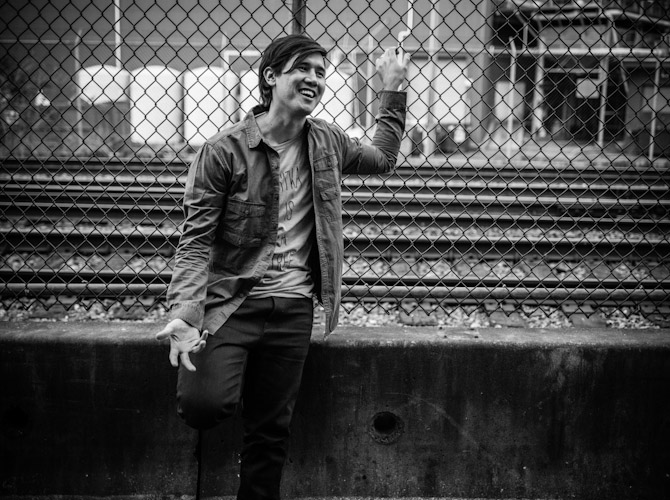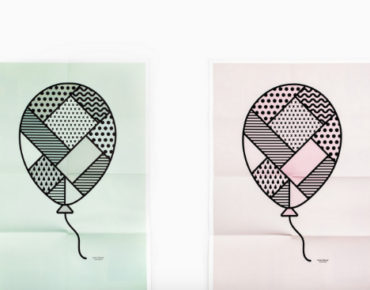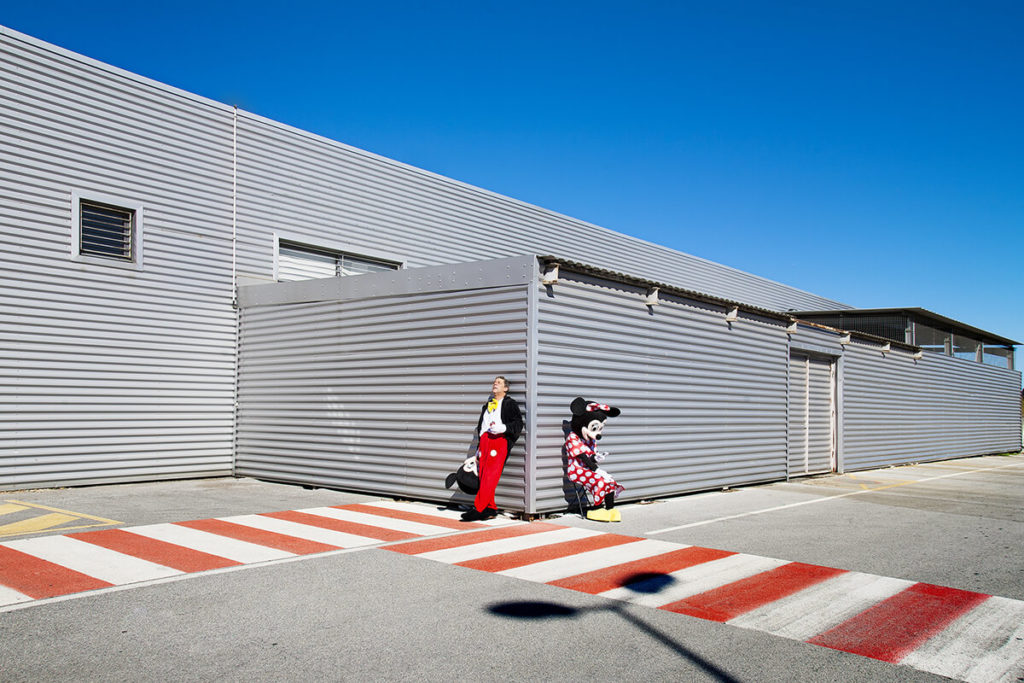 Image courtesy of Beau Partlow
Image courtesy of Beau Partlow
Kenji Rodrίguez Tanamachi is reinventing how we experience live music. Kenji, aka ‘Kenzoysauce’, doesn’t read music, he doesn’t play the guitar or the piano or any traditional ‘musical’ instrument yet he plays in Vancouver’s Bear Mountain, functioning in exactly the same way that his band members next to him do on stage. He’s dedicated to bringing the visuals as a core component of the show and showcasing the incredibly understated role that visuals currently play in the live experience.
It’s hard to wrap your head around what Kenji is doing. He’s on the forefront of mixing interactive technology with sound and visuals. He is linking the actions of each band member’s instruments with the visual graphics that he’s creating. The end goal being that each instrument and each movement made by each musician on stage will be connected to a visual component in real time fully immersing the spectator. Kenji’s work is cutting edge as he’s working to shape the world of interactive visuals and lighting through people’s engagement on a physical level.
“I’m overwhelmed with the process of using technology through art. Anything you can imagine you can create. The technology is there.”
He’s a half Mexican, half Japanese currently residing in Vancouver. with his computer as his instrument, Kenji’s vision for what he plans to convey through visuals is difficult to comprehend. He’s almost creating an alternative sense for which to experience music and one of the most interesting parts is there’s essentially no one out there doing what he’s doing.
 Image courtesy of Beau Partlow
Image courtesy of Beau Partlow
His ongoing involvement with large-scale projects with Vancouver-based Tangible Interaction is a huge influence as it enables him to work on some of the most innovative projects going on in the digital and visual landscape. Bands like Purity Ring, Blue Man Group, and Arcade Fire have worked with Tangible’s creations and technology yet the difference is that they are triggering visuals only through their instruments. Kenji’s work is different – not only through the technology he’s working with, but also in the way in which it is executed. Never before has the person who is controlling the visuals been on stage as a member of the band. He is solely dedicated to the visuals with the ability to also manipulate what’s being created.
“My part is being an artist up there [on stage] controlling all of this. There are guys that do music and hook up their visuals and plug it into another computer but I’m the guy that’s going to be up there doing lighting, art, graphics while also controlling how the sound comes into all of those elements and then I’ll be able to basically remix all of that.”
 Image courtesy of Beau Partlow
Image courtesy of Beau Partlow
WT: So you’re essentially a visual DJ?
Kenji: “Ya that’s actually what they call them – but they’re usually back there, looking at the stage – they’re not on stage performing.”
WT: Except that you play in a band so I don’t think that the term ‘visual DJ’ works – it’s too much like you’re alone isolated to a booth or something.
Kenji: “Ya exactly and there’s a part of lighting that’s really interesting and that’s when you start doing incredible stuff – like Purity Ring created his own instrument. It’s this thing that lights up and it triggers a sound. So I want to do that, with everybody. Except with Purity Ring there’s another guy that’s controlling a bunch of other things but he’s on the side. He’s not on stage.”
WT: So kind of like the live version of your computer’s old school screen saver when there were all of those designs that moved across your screen with the music?
Kenji: “Ya but I’m also able to control all of that.”
WT: So you’re a visual band member playing with your band. You’re more like the visual bass player.
Kenji: “What do you mean when you say ‘bass player’ ?
WT: Well, the bass player can go off on tangents and play some dirty beats on the side and doesn’t have to necessarily play on tempo all the time. Or also like the keyboarder – and others, but I just mean that in the sense that there’s room to play around and improvise.
Kenji: “Haha ya, for example I trigger a lot of the visuals through another controller. What I want to do is get all of Greg’s [the drummer] input into software that we build where I’m able to get his sound to trigger a light. His drumming will just turn it on but whatever he turns on then I can add other properties so it adds different kinds of effects.”
WT: Have you always loved music as well?
Kenji: “Oh yeah, I’ve always been involved in music. I started designing and decorating sets when I was 17 in Mexico, for festivals and main stages and events like that. I feel like it’s all just come around again and now I’m starting this all over again.”
WT: So it’s that one thing in your life that isn’t going away is it?
Kenji: “Ya, it’s still there and I love it.”
WT: It’s such a relief isn’t it? You can now dedicate your energy to something that is you instead something that’s just a part of you.
Kenji: “YES! So imagine this. I just talked to a friend, he’s playing with EEG’s (electroencephalograms) – this is a machine that reads your neurons and vibrations and stuff that’s going on in your brain. He’s getting all of that brain data and putting it into a visual component. So imagine that we could put those helmets on one day and that’s what would control the visuals. That’s where I want to go. Imagine I can control everything with my physical mind.”
WT: It’s like your mixing senses…or creating a new sense!
Kenji: “Haha, ya this is fresh stuff. You have to see it to understand. And it’s simple because it’s already there. There’s technology that’s doing all of this but combining all of this with music is just now slowly beginning to happen. So now it’s like light and visuals and music all mashed together and creating this experience.”







